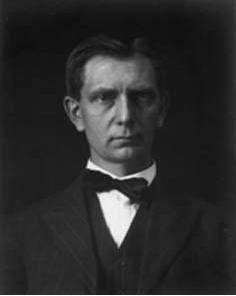Name John Anderson Role Astronomer | ||
 | ||
Died December 2, 1959, Altadena, California, United States | ||
John August Anderson (August 7, 1876 – December 2, 1959) was an American astronomer. He was born in Rollag, a small community in Clay County, Minnesota to the south of Hawley.
Contents
Biography
Anderson received his Ph.D. at Johns Hopkins University in 1907, and remained on the staff after graduation. In 1908 he became professor of astronomy at the university. In 1909 he was also given the responsibility for the Rowland ruling engines that were used for creating diffraction gratings, and the quality of these was considered excellent, especially the concave gratings.
In 1916 he left to work at the Mt. Wilson observatory. He remained on the Mt. Wilson staff until 1956. His most notable contribution was his adaptation of the Michelson's interferometer technique for measuring close double stars. He used a rotating mask at the focus to measure the separation of Capella.
From 1928 until 1948 he was Executive Officer of the Caltech Observatory Council, working on the instrument and optical design of the main Palomar Observatory telescope. During this period he collaborated closely with George E. Hale and the Rockefeller Foundation.
He died in Altadena, California. The crater Anderson on the Moon is named in his memory.
He was awarded the Franklin Institute's Howard N. Potts Medal in 1924.
Biography
Biographical Memoir
